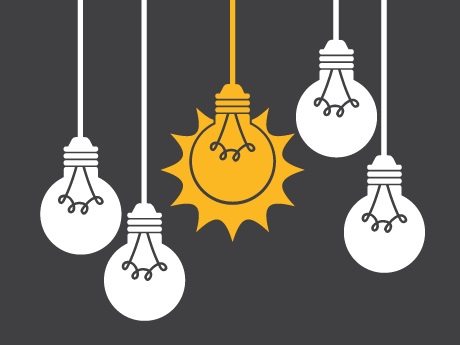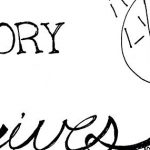
By John Myers
Metacognition occurs when we are aware of our thinking and is a key factor in learning. The ideas we shall explore in this series promote metacognition, beginning with how we make sense of our world.
We begin with a concept attainment exercise with two sets of examples. Each set has examples that represent how we think. What do the examples in Set 1 have in common? What do the examples in Set 2 have in common?*
| SET 1 how we think | SET 2 how we think |
| recognizing a familiar face | recognizing the same face wearing a covid mask |
| driving on a highway in the country in good weather with little traffic | city driving in a blizzard |
| locating the source of a specific sound | directing your attention towards someone at a loud party |
| solving 2+2=? | solving 17×24 |
| expressing disgust at a gruesome image | determining the appropriateness of a particular behaviour in a social setting |
| completing the phrase “war and …” | counting the number of “A”s in a certain text |
| as a pedestrian looking both ways before crossing a street | preparing yourself for the start of a sprint |
| understanding simple sentences | determining the validity of a reasoning in a complex argument |
| determining that an object is at a greater distance from you than another object | determining the price/quality ratio of two smartphone plans |
| reacting to “click-bait” on social media | determining if a Facebook popup is relevant for your inquiry |
In a physical or virtual classroom using a board or flashcards provide the first two examples from each set and ask students to determine the similarities within each set and differences between sets using the questions above as prompts.
Then continue offering pairs of examples- one from each set- until they have figured out how the sets compare. If students seem stuck, offer a hint such as, “Which examples seem to be easier or quicker to perform or figure out?”
Set 1 represents “fast thinking” and Set 2 “slow thinking”.

Thinking Fast and Slow Daniel Kahneman (Doubleday Canada, Toronto, 2011) describes two systems of processing and dealing with information we receive. These have developed over the history of human evolution. System 1 is experiential and intuitive: going with our gut feelings. Such thinking comes from behaviours learned so well they are automatic. We are not even conscious of our thinking when we use this system. For example, if you take a long drive along the Trans Canada Highway across the prairies in areas with little traffic, few off-road distractions with relatively few crossing roads, you may have conversations with passengers or even daydream. You react automatically without thinking. Thinking in system 1 is fast. Think about your “taken for granted” behaviours dealing with personal hygiene BEFORE Covid19.
But if you drive in a city with more traffic, more people, more off road distractions including traffic crossing intersections with signs or traffic lights, a different thinking system kicks in called system 2. It is more conscious and slower. In addition to “thinking your way” through city traffic you will use this system when you encounter an unusual challenge for which answers are not automatic or obvious. Slow thinking happens when you have to evaluate a complex argument, search your memory for a word in a crossword puzzle, or look for a familiar face in a crowded room. Think about how you deal with issues of personal hygiene now. We are fortunate to have critical thinking pedagogies for use when we inquire into past or current events.
Given our evolutionary history, which of these thinking systems do we use most of the time? Why do you think so? Can you think of examples, from your own experience, where these two systems of thinking were used? System 1 errs on the side of simplicity when dealing with the world. System 2 makes reality complex requiring time to “work things out”.
The next article goes further into these modes of thinking with ideas for getting students to think about their uses and pitfalls.
* Two sources for the concept attainment strategy are
Barrie Bennett and Carol Rolheiser’s (2001) Beyond Monet: The Artful Science of Instructional Integration. Toronto: Bookstation, Inc.
John Myers and Roland Case (2020) Teaching concepts in Learning to Inquire in History, Geography, and Social Studies: An Anthology for Secondary Teachers, fourth edition. Roland Case and Penney Clark, Editors, Vancouver BC: The Critical Thinking Consortium pp.136-147.


